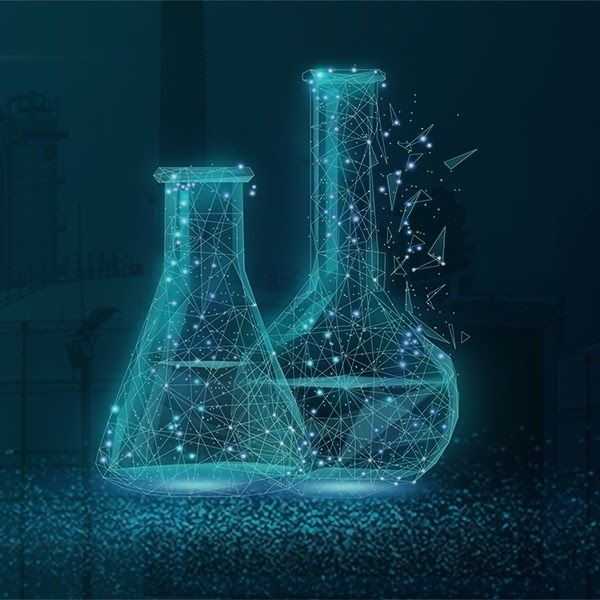
Chemical reactions are fundamental processes that occur in various industries, from pharmaceuticals to manufacturing. Identifying the signs of a chemical reaction is crucial for scientists and engineers to understand and control these transformations effectively. In this blog post, we will explore five common signs that indicate a chemical reaction has occurred, providing valuable insights into this fascinating realm of science.
- Color Change:
One of the most visually striking signs of a chemical reaction is a noticeable color change. When reactants combine and form new substances, the resulting product may exhibit a different hue than the original components. For example, the reaction between potassium permanganate and glycerin produces a vibrant purple color, indicating a chemical transformation has taken place. Monitoring color changes can help researchers track the progress of reactions and identify their completion. - Formation of Precipitate:
A precipitate refers to the formation of a solid substance during a chemical reaction. When two solutions are mixed, an insoluble product can be produced, resulting in the formation of a precipitate. This solid material often appears as a cloudy or milky substance suspended in the solution. Observing the formation of a precipitate can provide valuable information about the occurrence of a chemical reaction and aid in the identification of unknown substances. - Evolution of Gas:
The evolution of gas is another telltale sign of a chemical reaction. When certain reactants combine, they may release gases as byproducts. This can be observed through the formation of bubbles, effervescence, or the release of a distinct odor. For instance, the reaction between vinegar (acetic acid) and baking soda (sodium bicarbonate) produces carbon dioxide gas, leading to the characteristic fizzing sound and effervescence. Detecting the evolution of gas is crucial in various applications, such as the production of carbonated beverages or the study of volcanic eruptions. - Temperature Change:
Chemical reactions often involve the absorption or release of heat energy, resulting in a temperature change. This can be observed as a rise or fall in temperature during the reaction. For example, the reaction between hydrochloric acid and sodium hydroxide is exothermic, releasing heat and causing a temperature increase. Conversely, the reaction between ammonium nitrate and water is endothermic, absorbing heat and causing a temperature decrease. Monitoring temperature changes is vital for optimizing reaction conditions and ensuring the safety and efficiency of industrial processes. - Alteration in Physical Properties:
Chemical reactions can also lead to significant changes in the physical properties of substances involved. These changes may include alterations in texture, density, viscosity, or state of matter (solid, liquid, gas). For instance, the reaction between iron and sulfur results in the formation of iron sulfide, which has different physical properties than its parent elements. Recognizing these changes in physical properties is essential for identifying chemical reactions and understanding their underlying mechanisms.
Conclusion:
Understanding the signs that indicate a chemical reaction has occurred is crucial for scientists, engineers, and enthusiasts alike. By recognizing color changes, the formation of precipitates, the evolution of gas, temperature fluctuations, and alterations in physical properties, we can gain valuable insights into the world of chemical transformations. These indicators serve as valuable tools in various industries, enabling us to harness the power of chemistry for innovation, discovery, and problem-solving.


